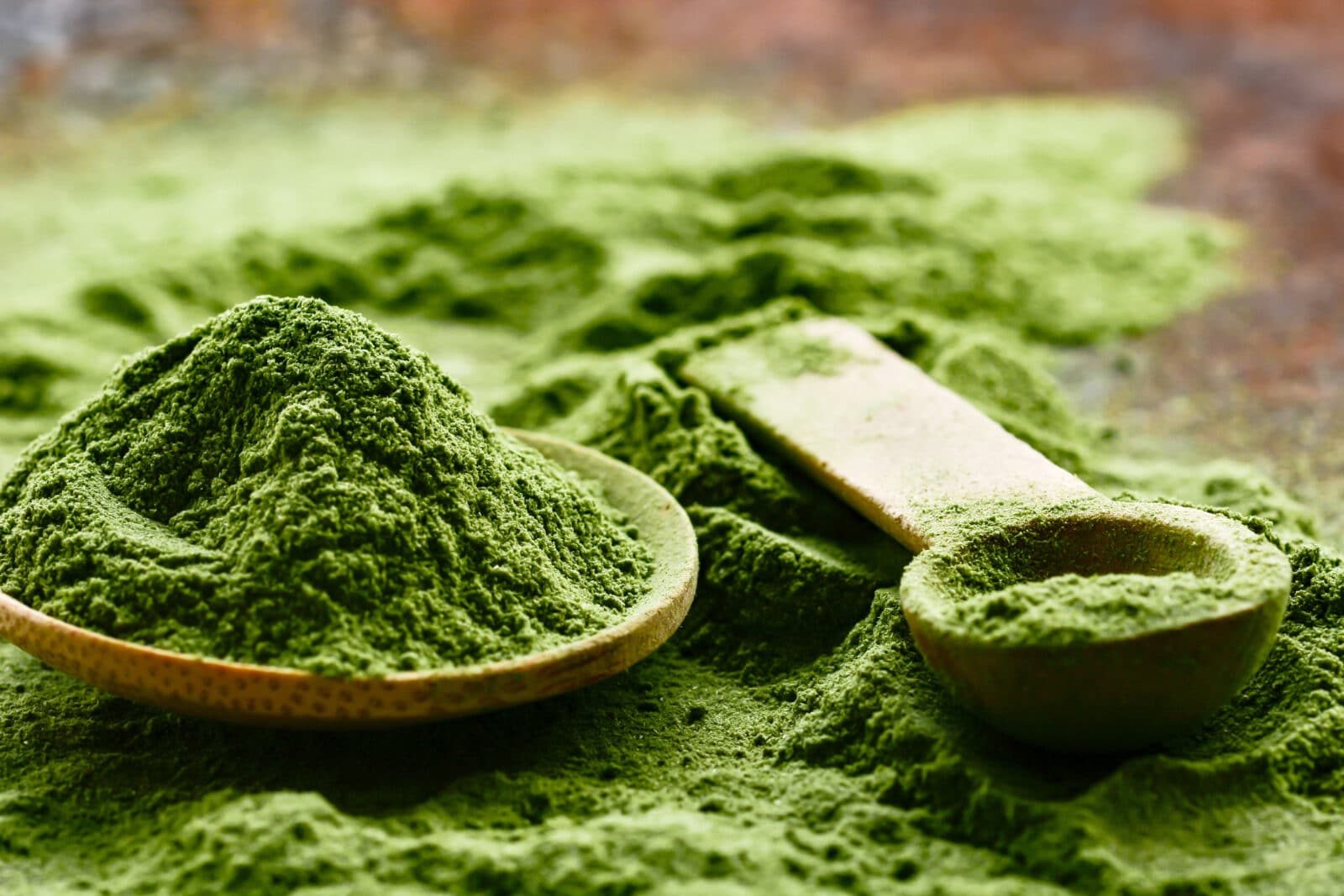Kratom, scientifically known as Mitragyna speciosa, is a tropical tree native to Southeast Asia, particularly in countries like Thailand, Indonesia, Malaysia, and Papua New Guinea. This plant has been used for centuries by local populations for its medicinal and psychoactive properties. In recent years, kratom has gained popularity worldwide, sparking both interest and controversy. This article delves into the traditional uses of kratom and explores its modern applications.
Traditional Uses of Kratom
Historical Background
For generations, the indigenous communities of Southeast Asia have utilized kratom for various purposes. The leaves of the kratom tree were traditionally chewed, brewed into tea, or smoked. The primary reasons for its use included pain relief, increased energy, and enhanced mood. Laborers and farmers were known to chew kratom leaves to combat fatigue and improve productivity during long working hours.
Medicinal Purposes
In traditional medicine, kratom was revered for its analgesic properties. It was commonly used to treat chronic pain, muscle aches, and even as a remedy for diarrhea. The leaves contain active compounds called alkaloids, with mitragynine and 7-hydroxymitragynine being the most notable. These alkaloids interact with the body’s opioid receptors, providing pain relief and a sense of euphoria.
Social and Cultural Significance
Kratom also held a significant place in social and cultural practices. It was often used in rituals and traditional ceremonies. The plant was considered sacred, symbolizing healing and protection. Elders in communities would pass down knowledge about kratom’s benefits and proper usage to younger generations, ensuring the continuation of its traditional applications.
Modern Applications of Kratom
Kratom in the West
In recent decades, kratom has made its way to the Western world, where it is marketed primarily as a dietary supplement. Its popularity surged due to anecdotal reports of its effectiveness in managing pain, alleviating symptoms of anxiety and depression, and aiding in opioid withdrawal.
Pain Management
One of the most significant modern applications of kratom is in pain management. Individuals suffering from chronic pain conditions, such as arthritis or fibromyalgia, have turned to kratom as an alternative to prescription painkillers. Its ability to interact with opioid receptors without the same risk of addiction makes it an appealing option for those seeking natural pain relief.
Mental Health Benefits
Kratom is also being explored for its potential mental health benefits. Some users report improvements in mood, reduced anxiety, and enhanced focus. These effects are attributed to the plant’s psychoactive properties, which can induce feelings of well-being and relaxation. However, it is important to note that scientific research on kratom’s efficacy for mental health is still in its infancy, and more studies are needed to confirm these claims.
Controversies and Concerns
Despite its growing popularity, kratom is not without controversy. Health authorities in various countries, including the United States, have raised concerns about its safety and potential for abuse. Cases of kratom-related deaths and adverse effects have been reported, often involving the use of contaminated or adulterated products. As a result, some regions have implemented regulations or outright bans on kratom.
Regulatory Landscape
The regulatory landscape for kratom varies widely across the globe. In some Southeast Asian countries, the traditional use of kratom is still prevalent, while in others, it is classified as a controlled substance. In the United States, kratom remains legal at the federal level but is banned or regulated in certain states and municipalities. Advocates argue for the need for standardized regulations to ensure product safety and quality.
Conclusion
Kratom’s journey from a traditional remedy in Southeast Asia to a modern supplement in the West highlights its diverse applications and the complexities surrounding its use. While it offers promising benefits, particularly in pain management and mental health, the lack of comprehensive scientific research and regulatory oversight poses significant challenges. As kratom continues to gain attention, it is crucial for consumers to be well-informed and for researchers to conduct thorough studies to unlock its full potential safely. The balance between preserving traditional knowledge and ensuring modern safety standards will be key to kratom’s future.





More Stories
Bring Memories Back to Life: How to Restore Old Photos with AI Upscaling Tools
Fighting for Equal Pay in Woodbridge Township Workplaces
The Power of Unbiased News: Why Honest Journalism Matters in Today’s India